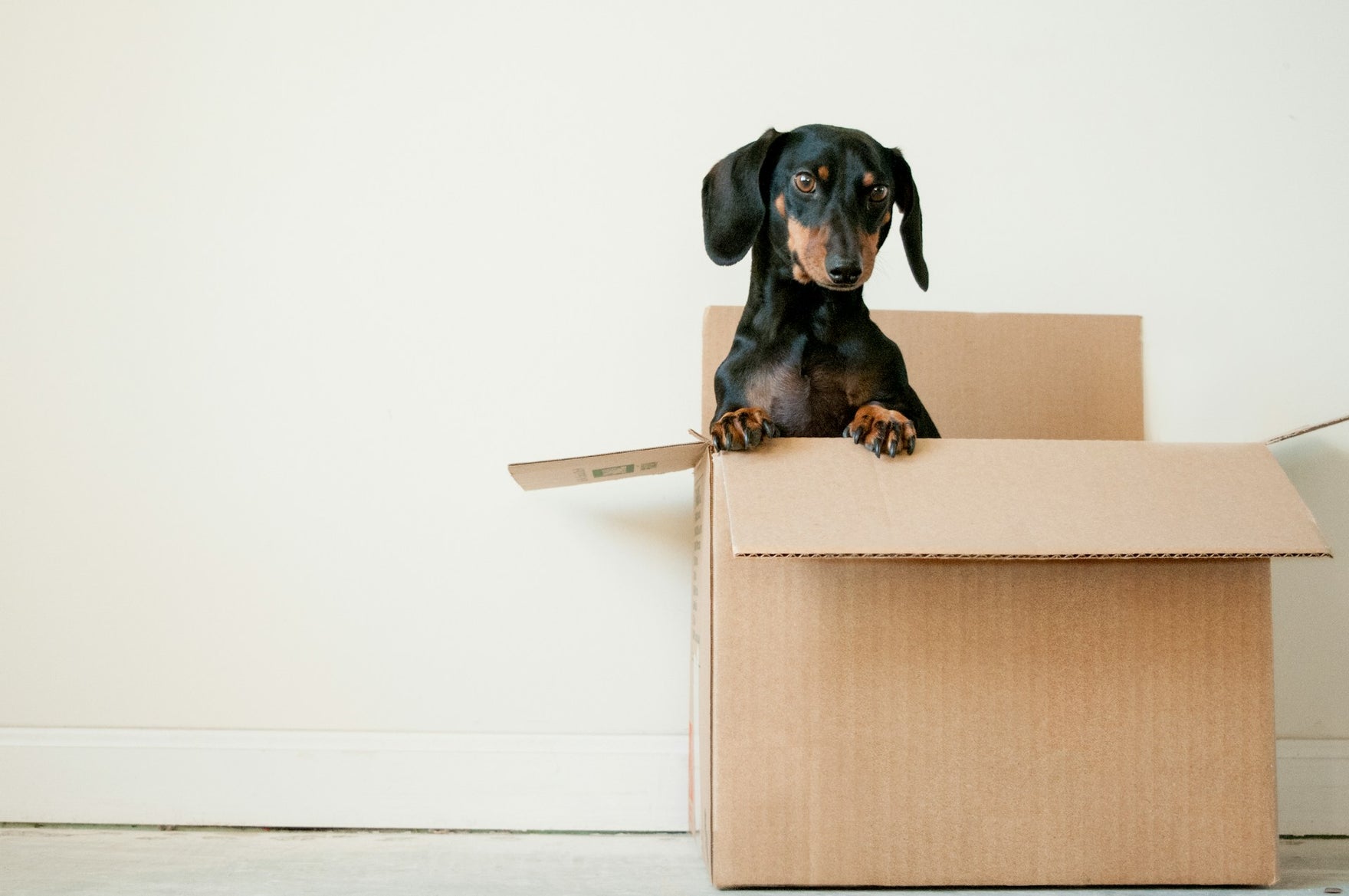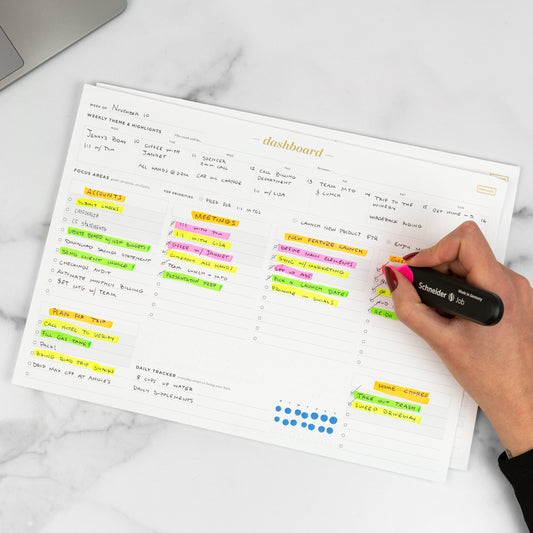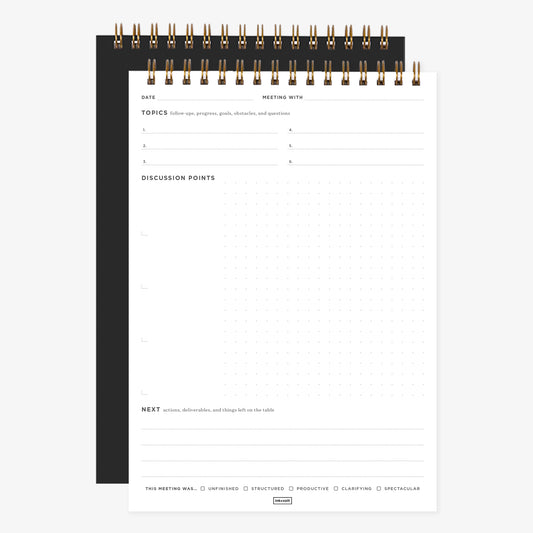Is there such a thing as an “easy” move?
Moving is notoriously stressful. You’re packing up all of your belongings, coordinating with movers and landlords, and living amongst cardboard boxes for a big chunk of the month. Oh, and let’s not forget, you’re also trying to manage your career, feed yourself, and somehow keep it all together?
Yes, moving is stressful and chaotic. But moving can be made a lot easier with the right plan.
Moving is essentially project management. It involves keeping track of multiple deadlines, overseeing various tasks, and communicating timely information to key people so that everything can fall into place.
Below are the best moving tips to help you get organized for your big move—without losing your mind.
1. Enter important deadlines into your calendar
There are so many things involved with a big move that it’s hard to know where to begin. So start by identifying important dates and deadlines for your move. Deadlines provide structure and ensure that you get things done on time.
Key dates and deadlines to include:
- Your move-in date
- The deadline for ending your current lease and notifying your landlord/management company
- When to shut off utilities in your current home
- When to set up utilities in your new home
Once you’ve identified the key dates for your move, enter them into a Google calendar or paper calendar, and set reminders for yourself.
2. Create a master to-do list for your move
Because moving involves so many different work streams, you’ll want to have a master to-do list or checklist. This way, you’ll have everything you need in one central place.
It will also help to break things down into categories and list your tasks/responsibilities for each sub-section. Our Ink+Volt Dashboard Pad is perfect for this purpose. I used it to help me move and it allowed me to see all the big picture tasks (packing, cleaning, decluttering, etc), while also seeing all the crucial details.
Here’s a sample checklist for reference:
Movers
- Get referrals for good movers
- Call 3 movers and get quotes
- Confirm with moving company and sign contract
Supplies
- Calculate number of moving boxes (small, medium, large)
- Packing paper
- Packing tape
Packing
- Bedroom
- Bathroom
- Kitchen supplies
- Dining room
3. Create a timeline for your move
So you have a master to-do list and a list of important dates/deadlines for your move. Now it’s time to start creating a timeline so that you know what to do and when, without missing a beat.
Work backwards from your move-in date. Your timeline might look something like this:
4 weeks out: Think about the things you need to start working on to ensure that you move out on time. This could mean contacting moving companies and getting quotes. Gathering your packing supplies. Decluttering and donating items. Canceling utilities and setting up your new mailing address.
2 weeks out: Clean out your home, toss out expired food from your fridge. Start packing up your rooms. Gather important documents like your passport, lease, etc and keep them in a folder.
A few days out: Pack an overnight bag so that you’ll have clothes/toiletries for the first night in your new home. Get cash so that you can tip your movers on moving day.
4. Create a budget for your move
Moving can be costly so it will help to determine your budget up front so that you’re not blindsided by any expenses later on.
Moving costs: If you’re using a moving company or renting a van, calculate the total costs for your move. You’ll also want to include gratuity for your movers.
Supplies: Calculate costs for cardboard boxes, packing paper, bubble wrap, packing tape, and other moving supplies. You’ll definitely want to err on the side of having more supplies than less. The last thing you want is to have an entire room to pack without any boxes on hand when it’s the night before your move. To cut down on expenses, you can ask around and see if your friends, neighbors, or loved ones have any extra supplies.
5. Declutter—but don’t drive yourself crazy
You don’t want to bring all of your clutter with you when you move. So try to declutter your unused clothes, shoes, linens, office supplies, etc. Recycle paper. Shred documents with sensitive information. Donate lightly used clothes to clothing drives or thrift stores. Give away household items to neighbors and friends.
The important thing is to declutter as much as you can but without driving yourself nuts. Be aware of your time frame and the amount of responsibilities that you have. So if it’s one week out and you still haven’t gotten around to packing, then don’t spend all your precious time coordinating with neighbors to pick up your books.
6. Start packing inessentials first
If you’re ready to start packing, then pack up your inessentials first. You don’t want to pack up everything in your home just to have to unpack some boxes later because you need some cutlery or clothes.
So start by thinking about the items you won’t need for the next couple of weeks. These can be off-season clothes, holiday decor, books, and kitchen items you don’t use regularly.
7. Be realistic about how much you can take on
It doesn’t matter if you’re relocating to a new city or moving down the block, moving is an intense and overwhelming process.
So cut yourself some slack during this time. You do not have to be productive and on top of your goals while also trying to pack up your home. Give yourself permission to just focus on the move. If you’re feeling guilty, remind yourself that your goals will still be there when you’re settled into your new home.
8. Create a familiar routine to feel grounded
During a move, your emotions will be in a heightened state. You might find yourself snapping at roommates or loved ones. Or crying at the tiniest thing.
Part of what makes moving so stressful is that it’s incredibly destabilizing. Your home is the center of your life, it’s your haven. And when your haven is all packed up and taken over by cardboard boxes, it’s going to be jarring and unfamiliar.
So it might help to stick to an old, familiar routine to provide a sense of calm and stability. Maybe it’s ordering in your favorite comfort meal. Or reading your favorite book at night. Or writing in your journal before bed.
When the move starts to feel overwhelming, a familiar routine will help you feel settled and secure.
Written by JiJi Lee









